The Backbone of AI Innovation.
Why Python is Vital for AI
Request a Proposal
Role of Python in
Artificial Intelligence
Python is one of the most widely adopted programming languages today. Created by Guido Van Rossum in 1991, it has consistently remained a favorite among developers, alongside other major languages like C++ and Java.
The Role of Python in Artificial Intelligence
Python has emerged as a leading choice for developing AI and neural networks. Let’s explore why Python has become one of the most exciting tools in the world of Artificial Intelligence.
Features and Advantages of Python
Python can be described as an interpreted language, meaning it doesn’t need to be compiled into machine language instructions before execution. This allows developers to directly run their code, making Python highly efficient for iterative development and testing. Python is also well-suited for use in emulators or virtual machines that rely on the existing native code of a machine.
Furthermore, Python is a high-level programming language designed to handle complex scenarios. High-level languages like Python manage abstract concepts such as variables, arrays, objects, Boolean expressions, and more, making it easier to develop sophisticated solutions while enhancing productivity.
How Python is the Best Choice for AI and ML?
Python is a powerful and versatile programming language with an easy-to-understand syntax, making it ideal for use in AI and machine learning (ML) projects for businesses of all sizes. Python’s capabilities and robust features make it a top choice for expanding AI initiatives. Let’s dive into some of the key reasons why Python stands out for AI and ML.
1. Extensive Library Ecosystem
Python has an extensive library ecosystem that plays a major role in its success for AI and ML. These libraries provide pre-written code modules, allowing developers to focus on the core features rather than building everything from scratch. The following are some popular libraries and their uses in AI and ML:
NumPy: Widely used for numerical computing, making it fundamental for AI programming.
SciPy: Helps with scientific and technical computing, enhancing AI capabilities.
Theano: Utilized for building deep learning models.
Pandas: Facilitates data analysis for effective AI and ML evaluation.
PyBrain: Supports various machine learning tasks, offering a reliable toolkit for developers.
2. Flexibility
Python offers flexibility that makes it ideal for AI and ML projects. Developers can choose between object-oriented programming and scripting approaches and can integrate Python with other languages as needed. Python’s different paradigms also help developers construct AI and ML applications seamlessly:
Imperative: Allows developers to specify the sequence of actions the computer must take.
Object-oriented: Useful for modeling real-world entities, often used in complex systems like banking.
Functional: Supports concurrent programming to fully utilize hardware capabilities.
Procedural: Simplifies task automation, enhancing productivity.
3. Readability
Python’s syntax is human-friendly, making it easy for developers to read, edit, and share code. This clarity helps AI and ML teams collaborate effectively and accelerates the development process. The language also offers powerful features for debugging, testing, and optimizing code, streamlining AI development.
4. Scalability
Python simplifies the creation of scalable AI and ML platforms. Developers can start small and build out systems as requirements grow, testing their work incrementally to ensure smooth progress. This flexibility makes it easier to manage large, complex projects.
5. Platform Independence
Python’s platform independence allows developers to create AI and ML solutions on one system and easily transfer them to another, with minimal modifications. It is compatible with various operating systems, including Windows, Linux, Unix, and macOS, which enhances collaboration and development flexibility.
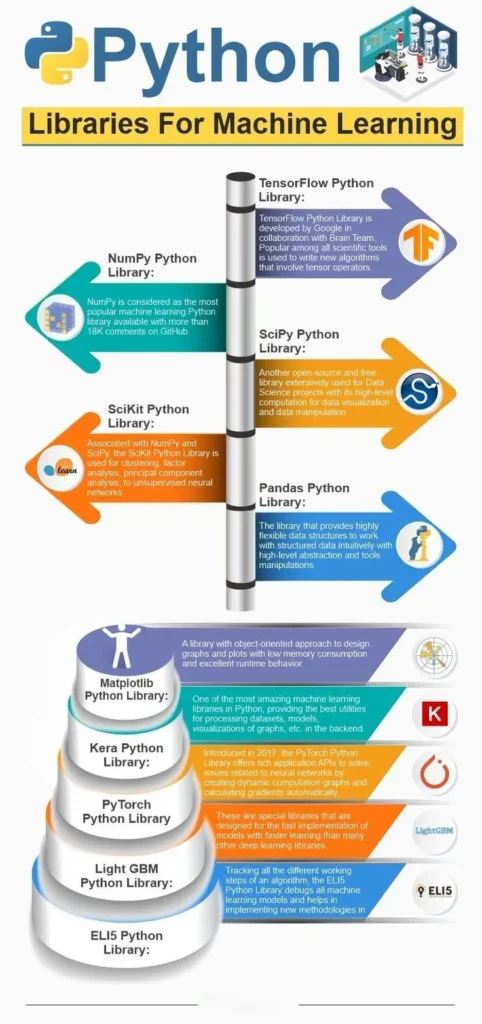
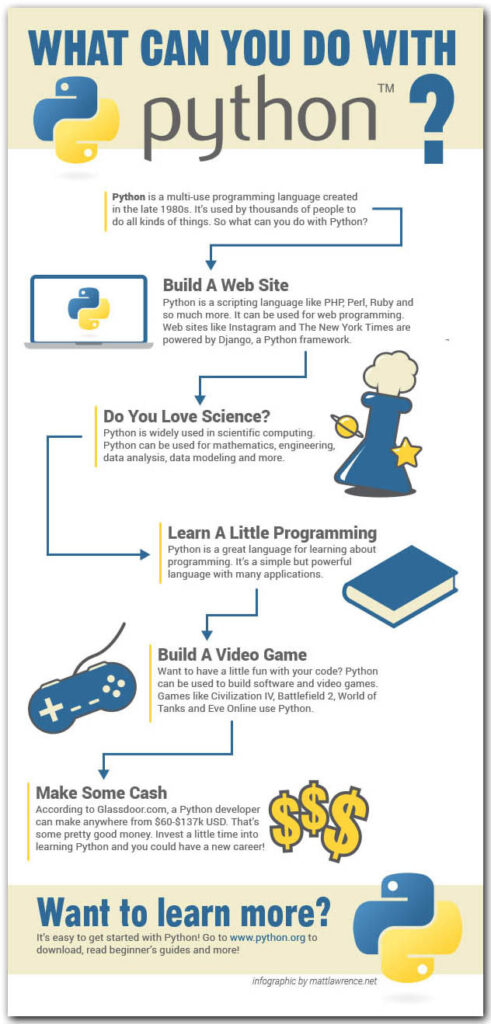
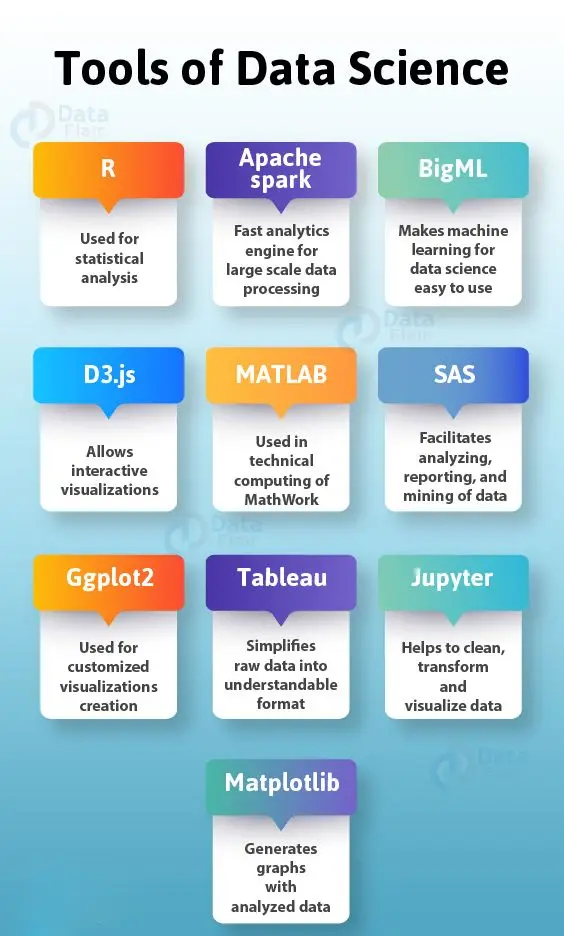
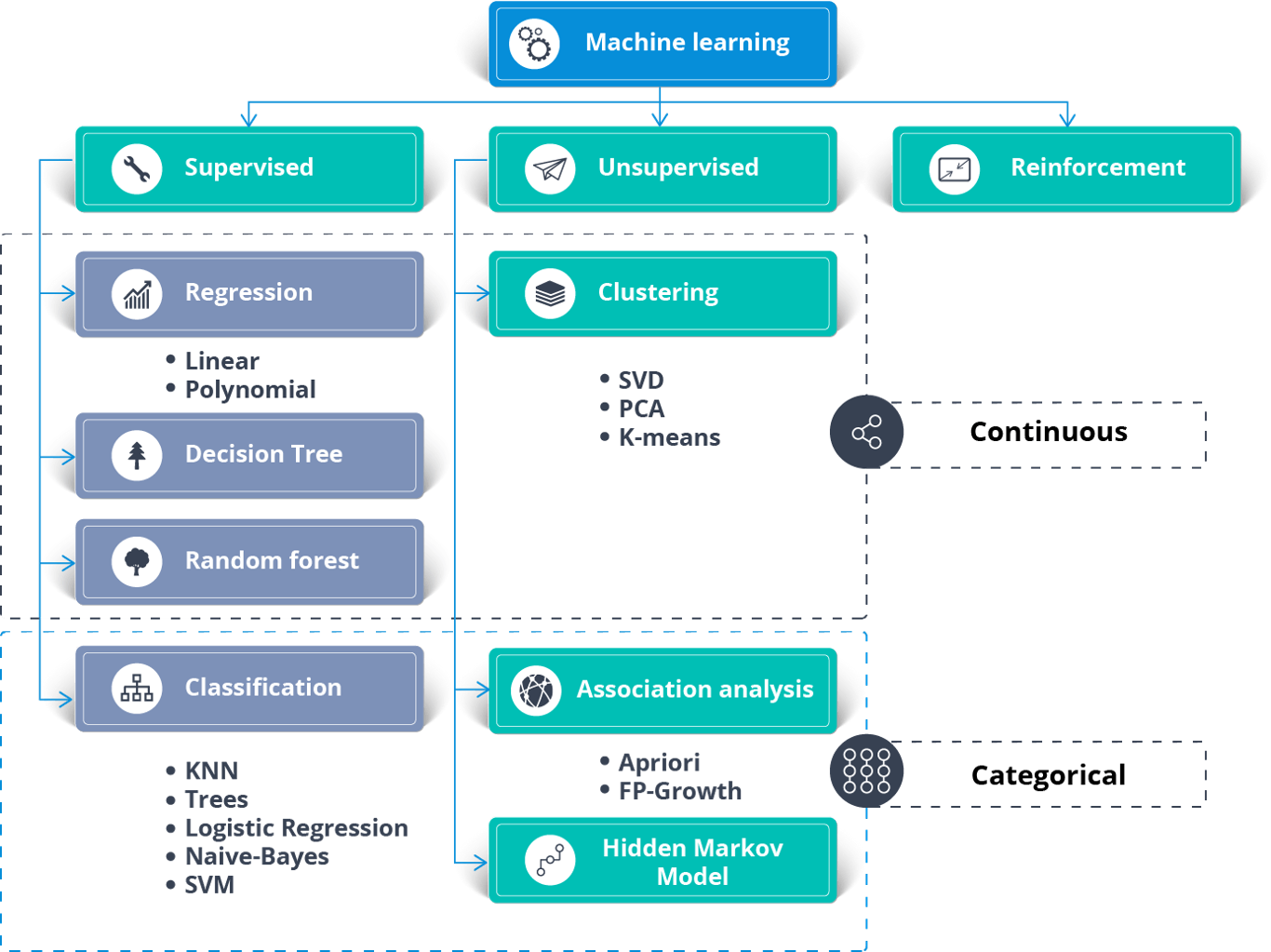
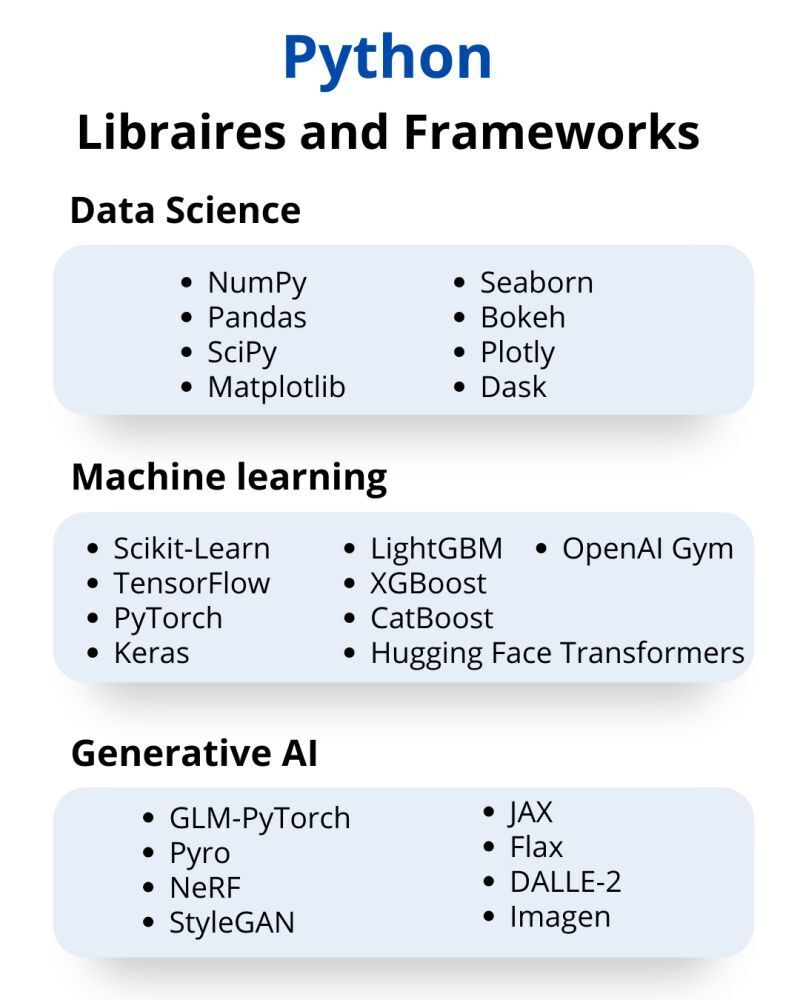
Data Science and Machine Learning Frameworks
TensorFlow
Open-source machine learning framework developed by Google.
Widely used for deep learning and neural networks.
Supports both high-level and low-level API operations.
PyTorch
Open-source machine learning library developed by Facebook’s AI Research lab.
Known for its dynamic computation graph and ease of use.
Preferred for research and prototyping due to its flexibility.
Scikit-Learn
Simple and efficient tools for data mining and data analysis.
Built on NumPy, SciPy, and Matplotlib.
Ideal for classical machine learning tasks such as regression, classification, and clustering.
Pandas
Provides data structures and data analysis tools for handling structured data.
Excellent for data manipulation and cleaning.
Widely used in data science workflows.
Web Development Frameworks
Django
High-level framework that encourages rapid development and clean, pragmatic design.
Comes with an ORM (Object-Relational Mapping) for database manipulation, an admin interface, and many built-in tools.
Ideal for large-scale applications.
Flask
Lightweight WSGI web application framework.
Highly flexible and minimalistic, making it ideal for small to medium-sized applications.
Does not include built-in tools, giving developers the freedom to choose their components.
FastAPI
Modern, fast (high-performance) web framework for building APIs with Python 3.6+.
Based on standard Python type hints and asynchronous programming, providing high performance.
Ideal for building APIs and web services.
Pyramid
Flexible and allows developers to choose their tools and components.
Suitable for both small and large applications.
Emphasizes flexibility and modularity
